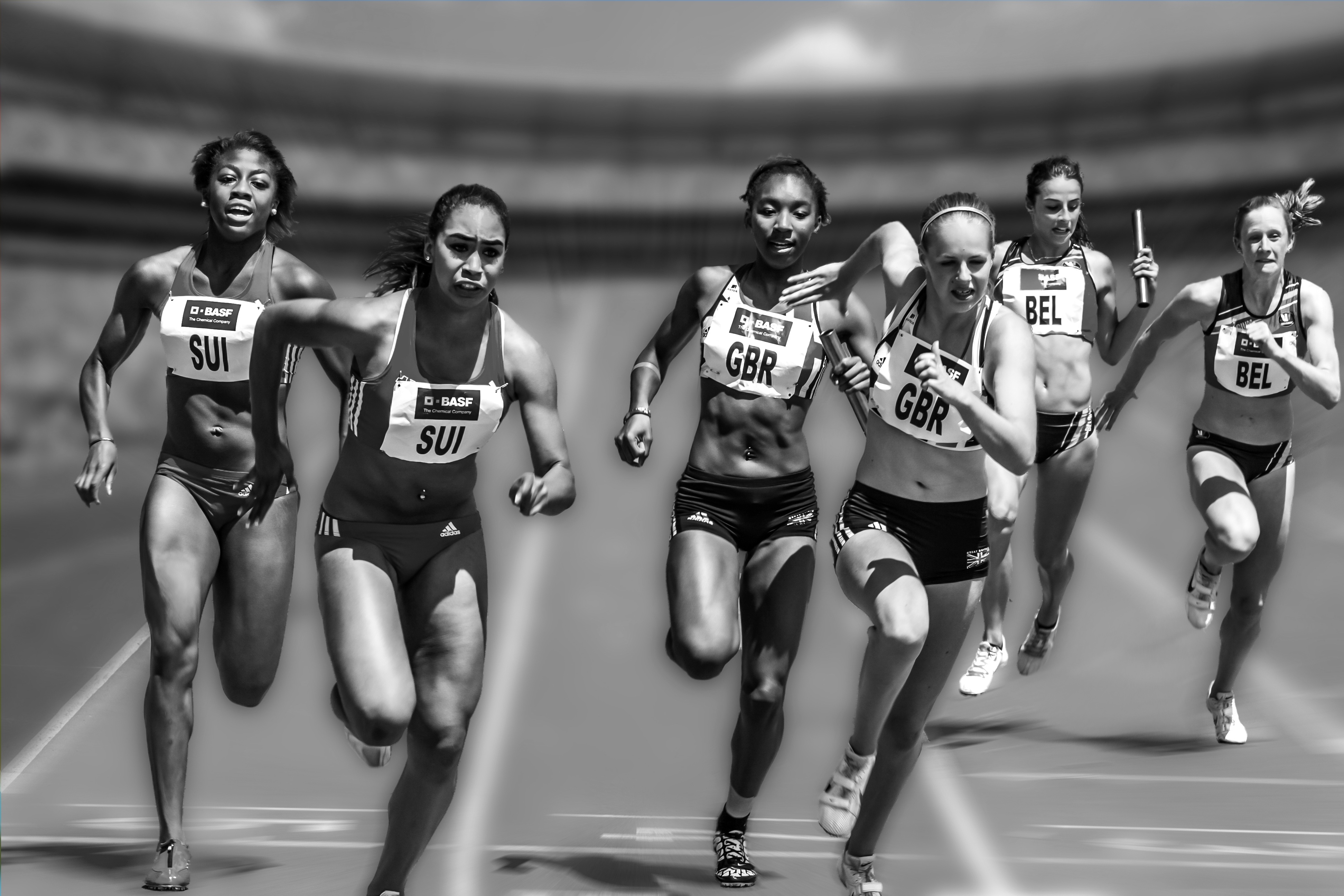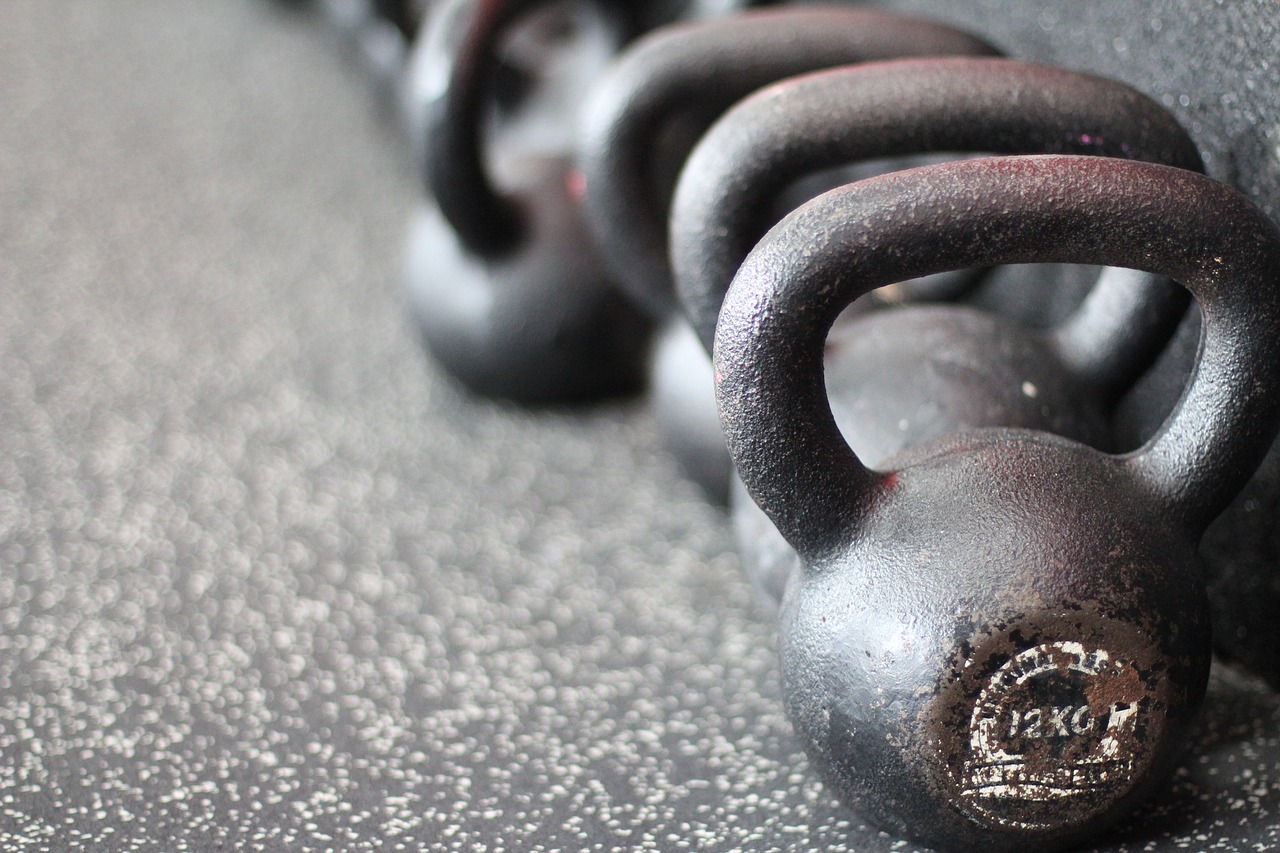Maximal strength is an important ability to just about every track and field athlete. Maximal strength is referring to the ability to exert force one time. It’s an all-out effort. It’s important because almost every event in track and field requires strength for success. This article is going to cover the role of maximal strength in a track and field athlete’s program, cautions associated with it, and how to train for it.
The Role of Maximal Strength:
Maximal strength is important to every event in track and field, even distance and race walking. It’s important because a great deal of research suggests that the best sprinters are increasing their speed by exerting more force against the ground. The ability to do this requires a great deal of maximal strength. This has implications for the jumps as well, which seek to build up horizontal velocity during the run-up and then use it in the jump. The same goes for the javelin throw.
The jumps and the throws require the athlete to lever off one side of the body. As this is going on the athlete must be able to maintain his or her posture. For example, collapsing the knee on the last stride of the long jump would have a negative impact on the distance jumped. This also requires a significant amount of maximal strength.
The need for strength in the throws is not a hard sell to throws coaches and athletes. Distance events is another story. Even in these events we’re concerned with who finishes first, regardless of the distance. This means that even the distance events require a strength base to help with speed.
Cautions:
It needs to be kept in perspective that maximal strength, while important, is still only a tool, it’s a means to an end for a track and field athlete. With that in mind, there are some cautions when it comes to maximal strength training and the track and field athlete:
- Balance
- Not everything needs to be strengthened
- Staying functional
- Diminishing returns
Balance
Care must be taken with this type of training to ensure that the athlete’s strength is balanced across his or her joints. For example, lots of bench presses without work for the upper back can be a recipe for a shoulder injury due to the strength imbalance at the joint. This means that work needs to be done in both directions; pushing and pulling, squats and hip extensions, etc. I try to keep the strength levels pretty close between the two sides, while this isn’t always possible it still ensures that enough work is being done to achieve balance across the joints.
Not Everything Needs To Be Strengthened
With maximal strength, we’re concerned about the following types of exercises: presses, rows, pulls, and squats. Table one shows examples of each type of exercise.
| Presses | Rows | Pulls | Squats |
| Bench press
Incline press Decline press Military press Dips Push-ups Any press with dumbbells Any press with chains Any press with bands Any press with kettlebells Any exercise done with a pause Any exercise done eccentrically |
Bent-over rows
Dumbbell rows One-arm rows Seated rows Kettlebell rows Upright rows Shrugs Any exercise with dumbbells Any exercise with kettlebells Any exercise done with a pause Any exercise done eccentrically |
Deadlifts
Romanian deadlifts Good mornings Back raises Reverse hyperextensions Partial deadlifts Any exercise with dumbbells Any exercise with kettlebells Any exercise done with a pause Any exercise done eccentrically |
Back squats
Front squats Overhead squats Goblet squats Zercher squats One-legged squats Split squats Any exercise with chains Any exercise with bands Any exercise done with a pause Any exercise done eccentrically |
Table One: Examples of pressing, rowing, pulling, and squatting exercises.
As you can see from table one, there are quite a few exercises in each category. This can be overwhelming and distracting to an athlete. If we try to cover every exercise then it will actually limit our gains as we won’t have a chance to adapt to any of them. So, with a track and field athlete we want to select one or two exercises from each category and focus on those as our maximal strength lifts. For example, back squats and front squats might be the exercises that we select to focus on in our maximal strength training from the squat category.
Staying functional
It’s important to realize that maximal strength training does not exist in a vacuum, it has to be something that the track and field athlete can use otherwise we are wasting the athlete’s time and putting them at risk for injury unnecessarily. Maximal strength training should always be done in conjunction with the athlete’s event training with both reinforcing each other. For example, the athlete should understand how the training is helping their performance. This helps to ensure that the strength is applicable to the event.
Diminishing returns
After a certain point, the risk inherent in gaining more strength exceeds the rewards from doing so. As athletes get closer to their genetic potential, it becomes more and more difficult to continue increasing strength which also makes it more likely that the training will injure the athlete. At this point the athlete needs to be focused on maintaining their strength and improving their ability to use it (i.e. power, technique, etc.).
Every athlete is different, but, for example, most track and field athletes don’t need to squat more than twice their bodyweight. Now, the exception may be throwers but even they reach a point where they need to focus more on power and technique than on brute strength.
How to Train for Maximal Strength:
Maximal strength should be considered a skill as well as a physical ability. If it’s considered a skill, then you have to practice it to get better at it. When training for maximal strength, the exercises should be done for three to five sets with at least 80% of maximum. Generally one to eight repetitions per set, with up to two minutes of rest between each set.
There are two broad approaches to programming maximal strength training. One uses it as a block of training. This means that several weeks are spent with very heavy training. Table two shows an example of a week like this. There are several drawbacks to this for the track and field athlete. First, it means that maximal strength is only being trained during this time. If this quality is important for performance then it needs to be trained more frequently. Second, this is very grinding training and will negatively impact performance. Third, injury risks are greater during this type of training.
| Monday | Wednesday | Friday |
| Back squats, 3×4-8×85%
Romanian deadlifts, 3×4-8 Bench press, 3×4-8×85% Bent-over rows, 3×4-8 Standing military press, 3×4-8 |
Front squats, 3×3-6×85%
Good mornings, 3×4-8 Incline press, 3×4-8×85% Kettlebell rows, 3×4-8 Seated dumbbell press, 3×4-8 |
Deadlifts, 3×2-6×85%
Partial deadlifts, 3×3-6×100% Dumbbell bench press, 3×4-8 Dumbbell rows, 3×4-8 Kettlebell press, 3×4-8 |
Table two: Sample week of heavy training. Imagine training like this for 4-8 weeks.
The other approach is to designate one day of the week the bulk of the year for maximal strength training. This allows this quality to be developed year round, allows it to be linked up with track and field training (I like to do this on the days the athletes are doing acceleration work), and allows for a varied week of loading so that athletes do not become burned out or injured. Table three shows a sample week of that type of training.
| Monday | Tuesday | Wednesday | Thursday | Friday |
| Back squats, 3×4-8×85%
Romanian deadlifts, 3×4-8 Bench press, 3×4-8×85% Bent-over rows, 3×4-8 Standing military press, 3×4-8 |
Power snatch, 3×3-6×70%
Power clean, 3×3-6×70% Push jerk, 3×3-6×70% |
Off | Dumbbell bench press, 3×12-15
Dips, 3xMax Pull-ups, 3xMax Dumbbell rows, 3×12-15 Superset: Side raises and rear deltoid raises, 3×12-15 each Superset: Biceps and triceps, 3×12-15 each |
Front squats, 3×8-12×70%
Split squats, 3×8-12×50% each leg Good mornings, 3×12-15 Dumbbell RDLs, 3×12-15
|
Table Three: Incorporating maximal strength training each week. In this example Monday is maximal strength day, Tuesday power, and Thursday/Friday are focused on hypertrophy training.
There are also a number of advanced tools and strategies that are used for maximal strength training. These should only be used by higher level athletes with a number of years of consistent training under their belt.
Bands and Chains
With many free weight exercises, as the weight moves up the exercise becomes easier to do. Bands and chains are tools that are added to the ends of the barbell. The idea is that as the weight moves up, the bands become more stretched or the chains are lifted off the floor – both of which serve to make the exercise more difficult as the weight is moved further up. These are typically used in the bench press, squat, and deadlift but could be used in almost every exercise. When first using these tools, cut the weight down to 50% of maximum and add the bands or chains on top of that.
Eccentric and Pause Lifts
An eccentric lift involves an exaggerated descent. For example, lowering the bar to the chest during the bench press or sitting down during the squat. Usually for a slow 5-10 seconds. A pause lift is one where there is a noticeable pause at the bottom of the lift. Both of these serve to build the eccentric strength that is very important to many of the track and field events. Normally you should first attempt these with 50% of maximum for sets of three to four repetitions. With practice you can work up to 70-80%. Be careful though, these are very fatiguing and technique will suffer if you are not paying attention.
Maximal strength is a critical ability to the track and field athlete. It’s important for every event. Because it is important, it needs to be approached methodically but also needs to be kept in perspective.



